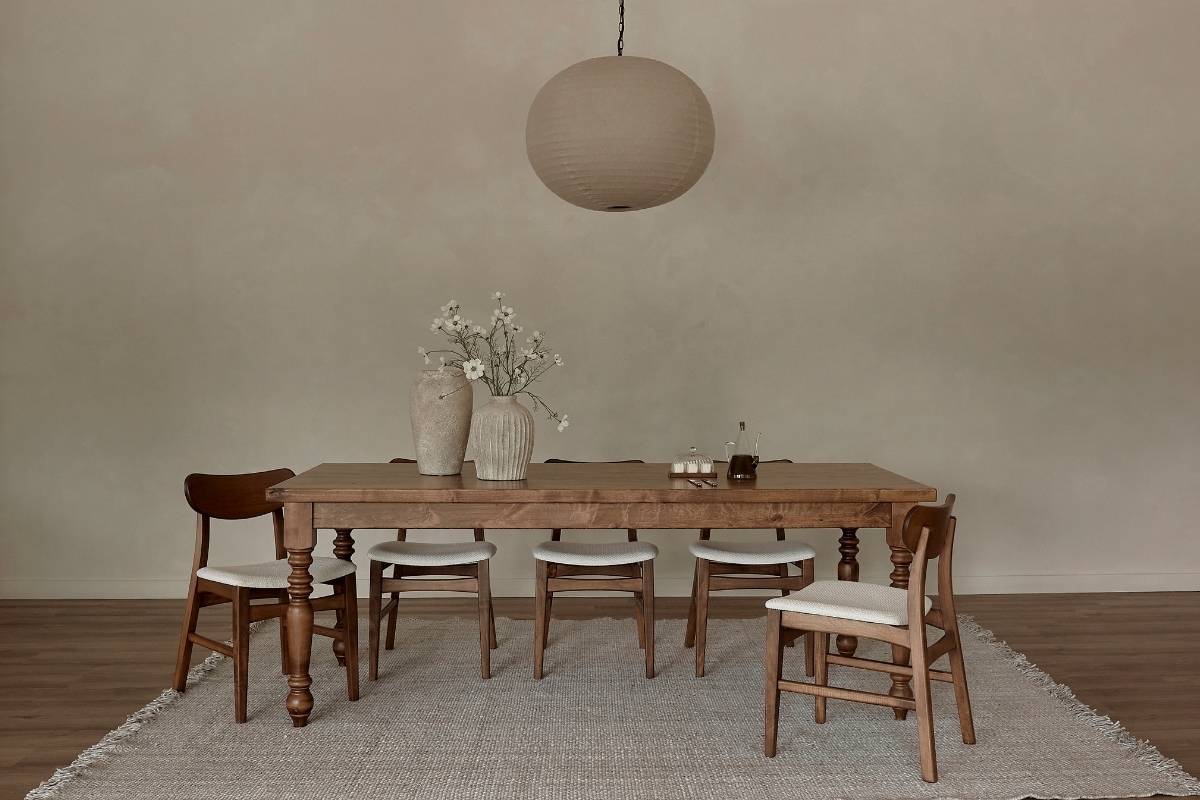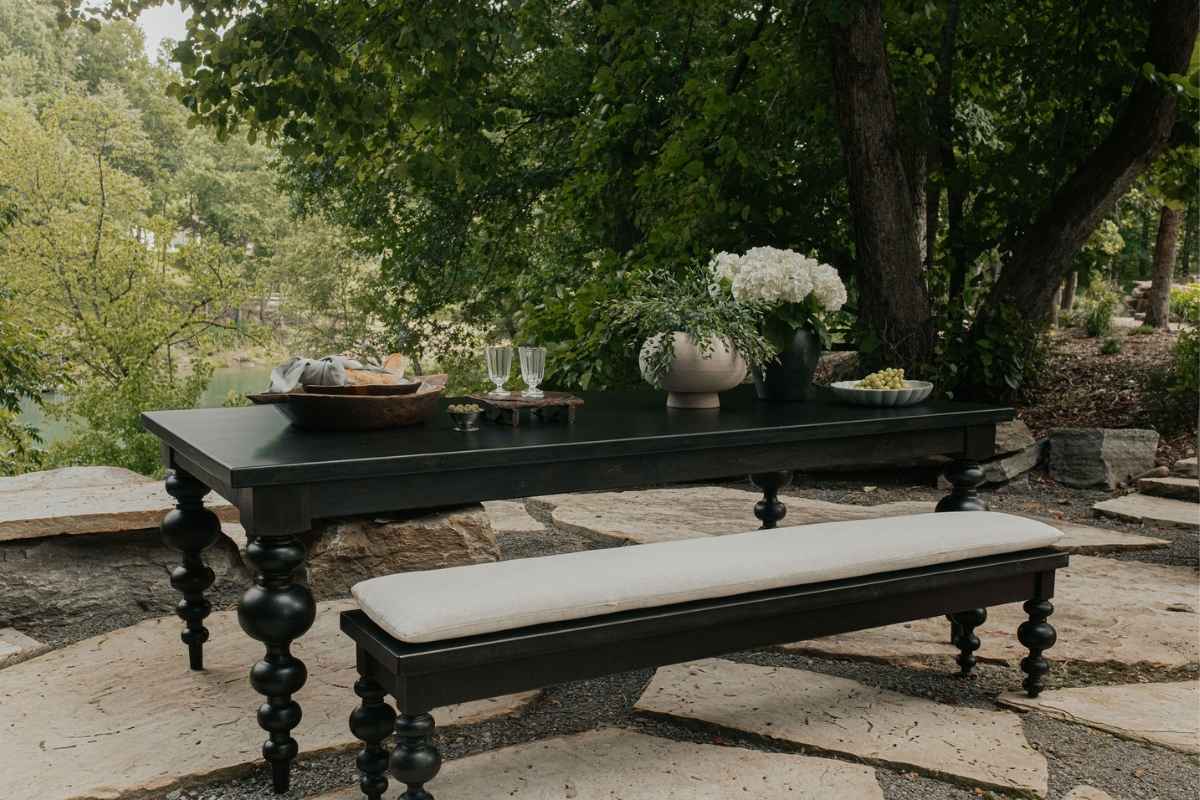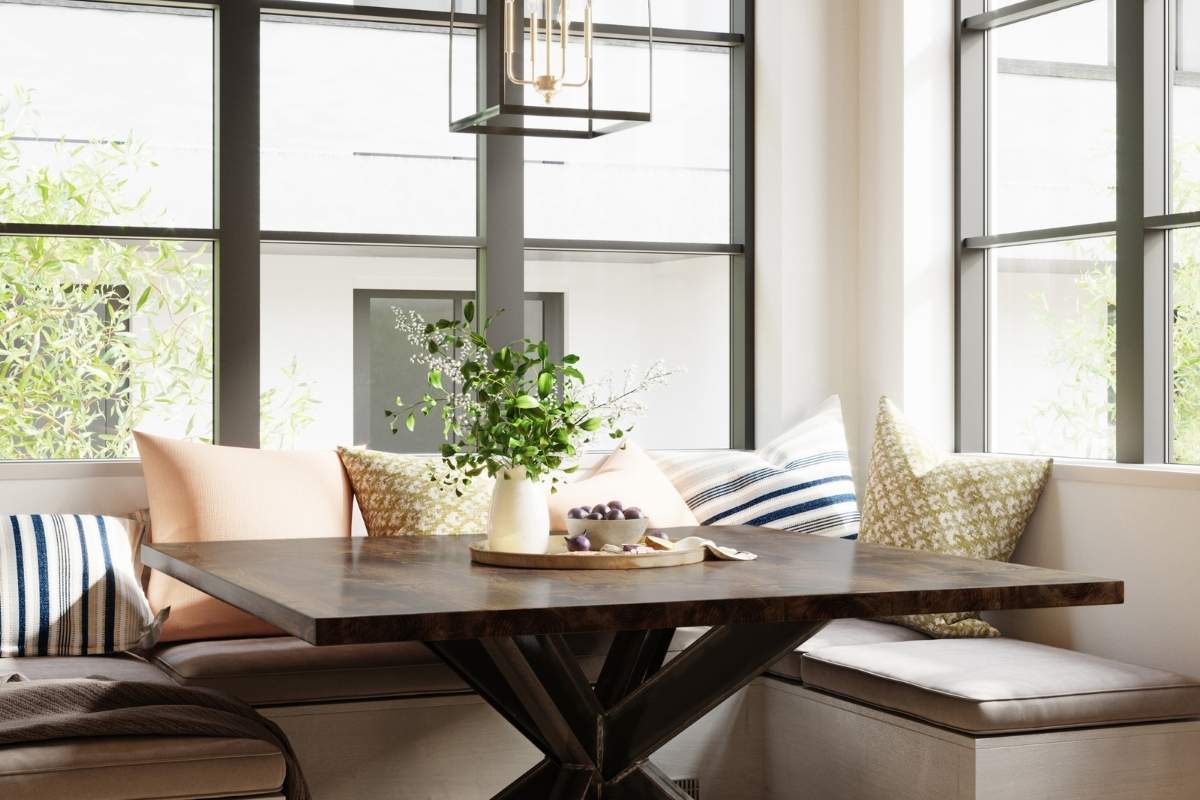Why Interior Designers Choose American-Made Furniture: Quality, Sustainability, and Storytelling

Why Interior Designers Choose American-Made Furniture: Quality, Sustainability, and Storytelling
Interior designers are storytellers. Every room they craft tells a narrative through texture, color, layout, and material. And for many, that story begins with where the furniture comes from. In recent years, more designers have chosen to source American-made furniture for its integrity, sustainability, and the values it communicates to clients.
The Quality Behind American Craftsmanship
When designers specify American-made furniture, they’re choosing quality that speaks for itself. Domestic workshops often emphasize small-batch production, time-tested joinery techniques, and real materials like solid hardwoods. This level of attention means a piece isn’t just stylish for a season: it’s built to last decades.
Unlike mass-produced imports, many American furniture makers offer handcrafted customization, meaning each item is made with specific care, not cut to a generic size and finish. This gives designers confidence that the final piece will meet both aesthetic and functional expectations.
Durability becomes a key talking point for clients. Designers can stand behind American-made pieces not only for their visual appeal, but because they know those pieces will withstand years of use, and aging only adds to their character.
Sustainability and Ethical Sourcing
Conscious consumption is no longer a niche concern. More clients are asking where their furnishings come from, how they’re made, and what their environmental impact is. American-made furniture supports those values naturally.
Local production reduces the carbon footprint associated with shipping overseas. And many domestic makers prioritize:
-
Sustainably harvested North American hardwoods
-
Non-toxic finishes and low-VOC sealants
-
Ethical labor practices with fair wages
-
Minimal waste production through made-to-order workflows
These standards resonate strongly with eco-conscious homeowners, especially those designing legacy homes for their families or investing in long-term interiors.
Supporting Local Economies and Heritage
Sourcing American-made means supporting a network of local artisans, manufacturers, and small businesses. Many furniture companies are family-owned, with generations of craftsmanship behind each design.
Designers who highlight these connections in their process are giving clients something beyond furniture, they’re giving them a story. It becomes about more than filling a space. It’s about investing in people, heritage, and the communities that shape the products.
Clients love hearing that their custom table was handmade in a small woodworking shop in Ohio, or that their heirloom bed frame was crafted from locally sourced white oak. These details make the design more personal, memorable, and meaningful.
Customization and Designer Partnership
American-made furniture is often designed with the designer in mind. Many brands actively partner with interior designers to offer flexible customization, designer trade programs, or even white-labeled services.
This kind of collaboration gives designers:
-
Custom sizing and finish options
-
Access to sample kits for material selection
-
Transparent lead times and client-ready communication
-
Direct support for technical questions or installation logistics
The result is a smoother design process and greater confidence during sourcing. Instead of adapting a client’s space around available options, designers can co-create pieces that match their original vision.
Storytelling Through Materials
Materiality plays a huge role in the storytelling aspect of interior design. When a designer selects American walnut or Appalachian maple, they’re grounding the space in regional identity.
These materials bring natural character, but they also reflect craftsmanship from specific parts of the country. A piece made from Midwest cherry carries a different feel than one crafted from Pacific Northwest fir. Each board tells a story of land, climate, and tradition.
Educating clients about these materials adds depth to the experience. It turns the dining table into more than just a surface, it becomes a conversation piece, a symbol of origin and thoughtfulness.
Transparency and Trust
Designers are only as good as their vendors. American-made furniture brands often win repeat business not just because of product quality, but because of communication. Designers know who’s making the piece, when it will arrive, and how to prepare the client for delivery.
In an industry where timelines, budgets, and client expectations all matter deeply, transparency builds trust. Vendors who share progress photos, provide detailed order forms, or clearly explain lead times make a designer’s job easier, and their reputation stronger.
This transparency also helps avoid the unknowns that often come with overseas manufacturing, where shipping delays, customs holdups, or unclear specs can jeopardize an install.
Educating Clients on the Value
One of the most effective ways to create buy-in around American-made furniture is through client education. Not every homeowner understands the differences between solid wood and veneer, or why a piece made domestically might cost more upfront. But when designers take the time to explain these distinctions, it elevates the experience and gives the client more confidence in their investment.
Clients are often intrigued by the sourcing journey. Consider walking them through the process: from design concept to artisan workshop to final installation. This transparency reinforces the value of what they’re purchasing and deepens their emotional connection to the space.
Many designers use this educational moment as a touchpoint for reinforcing their brand. A thoughtful approach to sourcing reflects a thoughtful approach to design overall. And that reputation can turn into referrals and repeat business.
Using Furniture as a Differentiator
In a competitive market, interior designers need ways to stand out. American-made furniture is more than a product decision, it’s a positioning tool. When you emphasize local craftsmanship, ethical materials, and heritage production methods, you’re offering clients something unique.
Whether you specialize in luxury homes, modern farmhouses, or historic restorations, emphasizing American-made can reinforce your niche. It signals that you care not just about aesthetics, but about the story behind the work.
Clients are increasingly drawn to designers who align with their values. If sustainability, transparency, or supporting small business are part of your ethos, American-made furniture makes that visible. Every time you specify a locally built piece, you’re reinforcing what makes your work different.
Long-Term Value and Legacy Design
One often overlooked benefit of American-made furniture is its long-term value. Designers aren’t just choosing pieces for today’s aesthetic, they’re selecting furniture that will grow with the home. Unlike trend-driven imports, domestically made pieces age gracefully, gaining character rather than becoming outdated.
This makes them especially appealing for legacy design: homes intended to be passed down through generations or enjoyed for decades. Clients appreciate knowing that their investment will stand the test of time, both in construction and style.
When designers present furniture as part of a longer narrative — not just a temporary feature — they elevate the meaning of the space. They’re not just placing furniture; they’re helping clients create environments that last.
Telling a Bigger Story
Choosing American-made furniture allows designers to tell stories that align with their clients’ values. Whether it’s about sustainable choices, supporting artisans, or selecting heirloom-quality furniture, it adds meaning to every room.
Designers aren’t just sourcing furniture, they’re shaping legacies. Each choice becomes part of the story that client will live in, host guests in, raise families in, and pass on to the next generation.
That’s what makes American-made furniture such a powerful design tool. It’s not just beautiful. It’s built with intention, care, and a story worth sharing.




0 comments
Add a comment